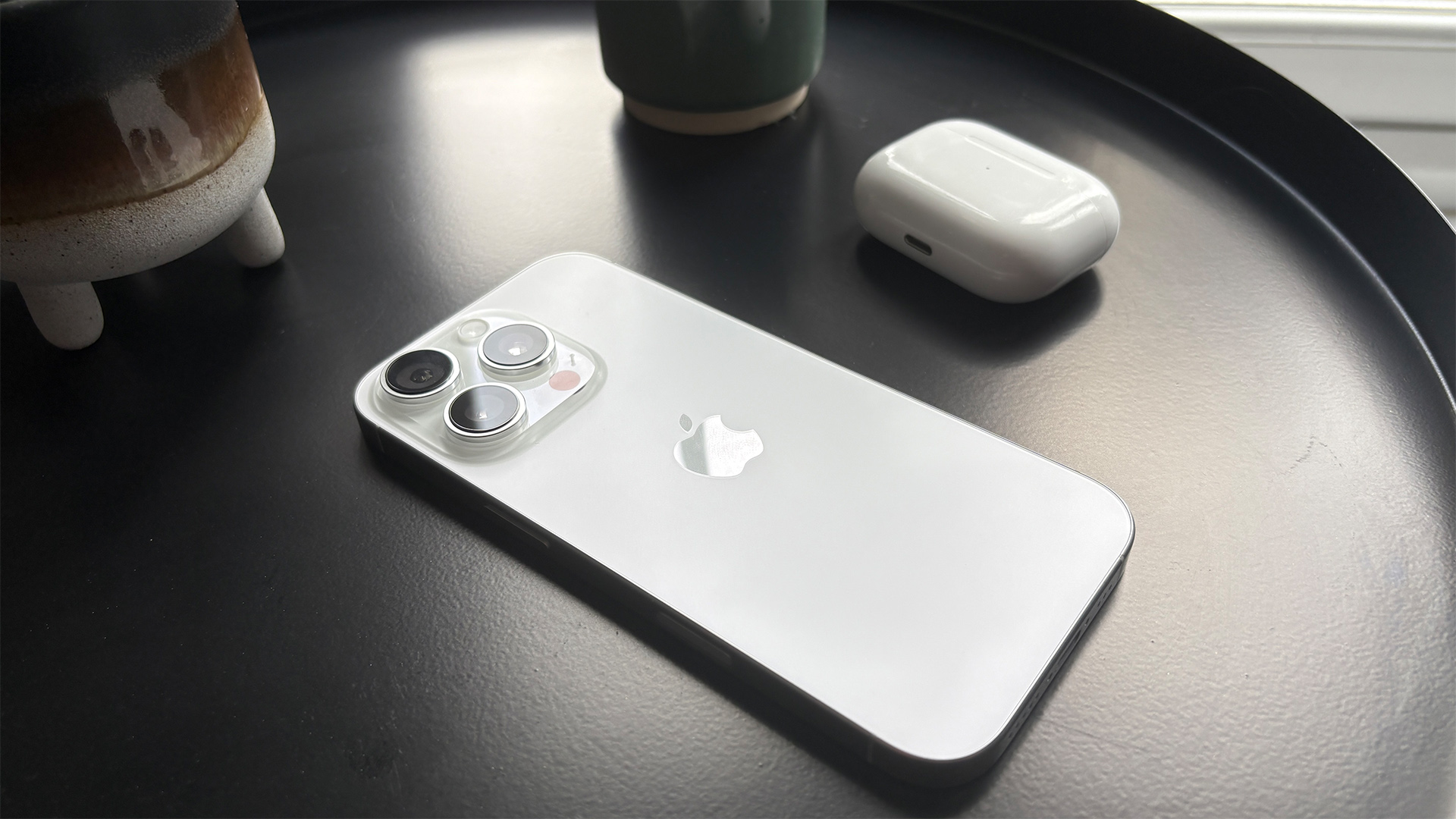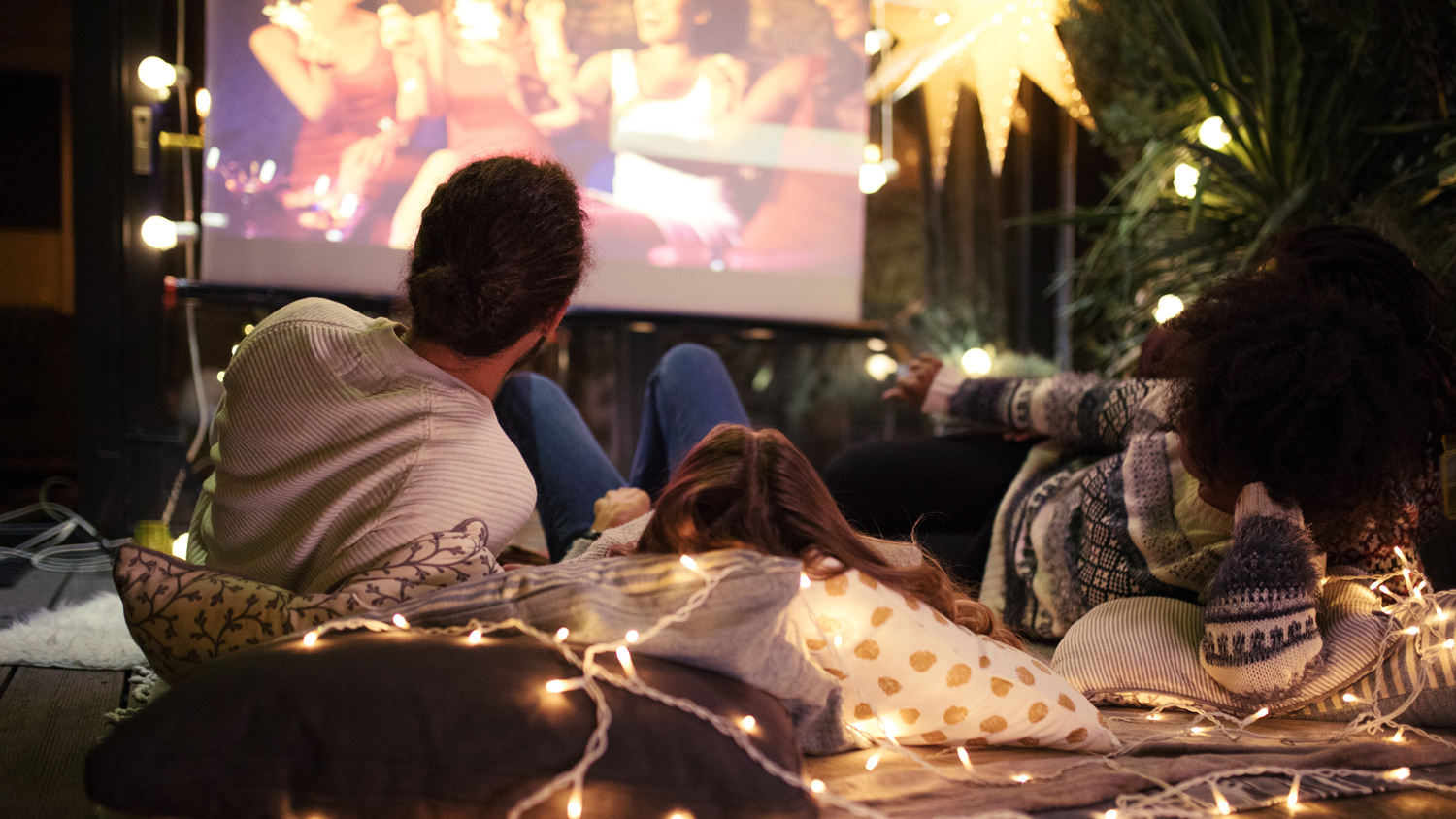
Setting up an outdoor cinema in your garden is a lot easier than you think. Outdoor projectors start at fairly low prices and even the most affordable models offer the potential for enormous pictures. Built-in sound systems and makeshift projection surfaces can keep things cheap but dedicated speakers and a proper outdoor projector screen will reap far better AV quality, if in budget, and help deliver the ultimate movie night.
A word of warning, though: this is outdoor cinema. Light pollution may be beyond your control and even big speakers can sound very small in open air. So, striving for projection perfection will only lead to frustration. Instead, you need to sit back and work with your setting. Don't blow a fuse trying to fight the elements.
Picking a garden cinema set-up is about identifying the features you need, choosing the right equipment, being mindful of your budget and staying on the right side of your neighbours. And don't forget those little extras, such as seating and refreshments to make the night feel really special.
As ever with all matters AV and audio, we've done the research so that you don't have to. Whether you're just after the best outdoor projector or the whole kit and caboodle, we have suggestions for all of your garden cinema considerations.
From source to projector screens, cables to connections, here's everything you need to know on how to set up an outdoor cinema.
How to choose an outdoor projector
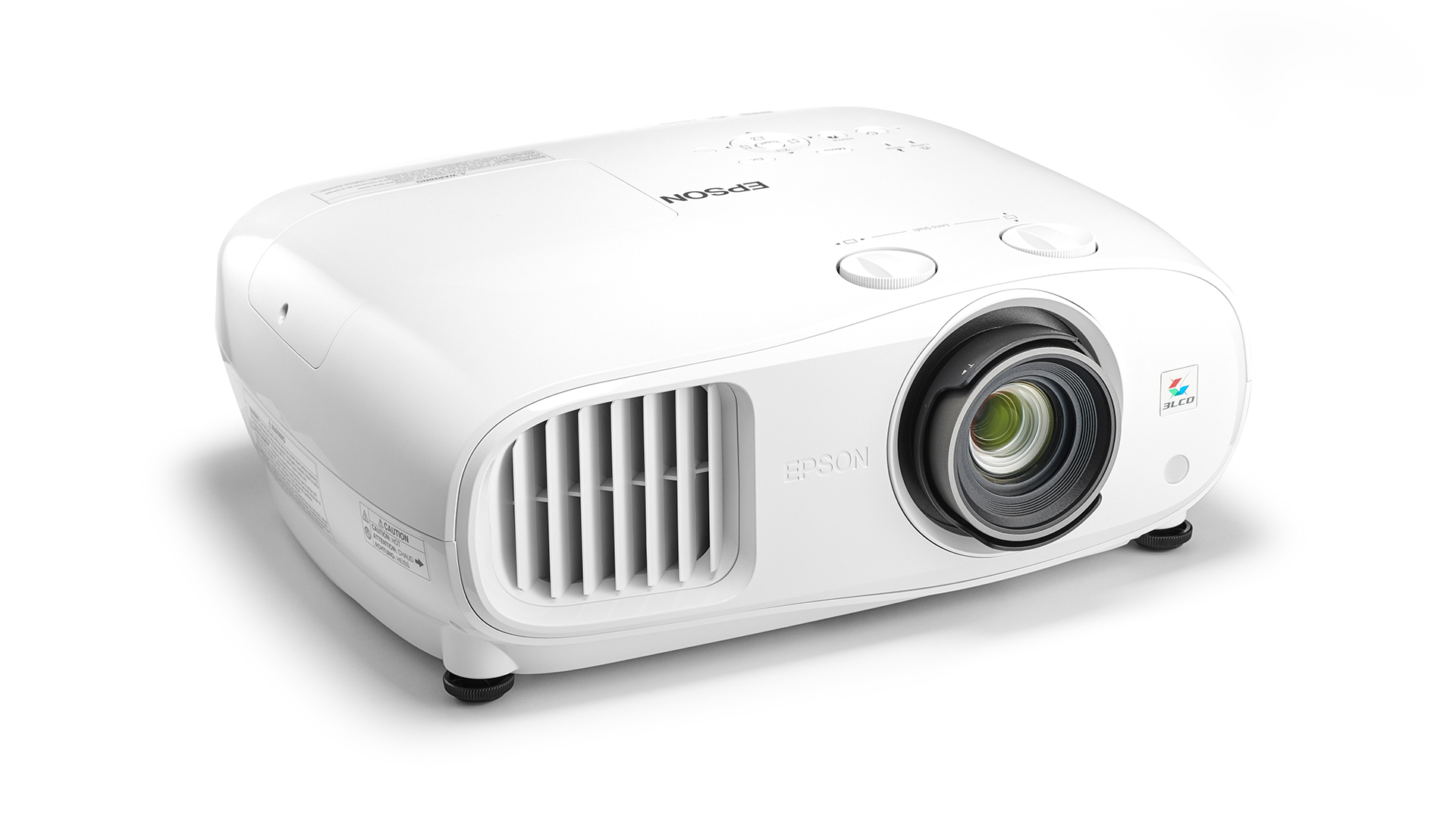
A projector should be your first consideration, as this is where you will spend most of your budget. The important point is that there's no one right type of projector for the job – in fact, the best outdoor projector could well be the one you already own.
You don't need to use a portable projector or buy anything that's branded as garden-specific. We haven't come across any that are waterproof or protected from the elements in any way – and for good reason. No one wants to sit outside and watch a film in the pouring rain.
Think instead about where and how you're going to use your projector. Is this just for your back garden or are you after something to use when you're out camping too? Some portable projectors come with a battery built in, but a decent length garden extension cable might provide all the power you need instead.
The source material is your other consideration. Do you need wi-fi built-in for playing films and sport from Netflix, iPlayer or ESPN+? Will your home's wireless network stretch far enough? Do you need to buy a wireless access point for your garden? Or how about just sticking with locally stored film files played off a USB stick or even from your projector's internal memory? Plenty to think about, and we haven't even got onto the sound yet.
All of these extras – built-in speakers, a smart platform, an internal battery and storage space – they all cost a bit extra, and that generally means less of what you're spending on your chosen outdoor projector goes on the actual picture quality. So, make sure you really need them, and be prepared to compromise.
Home cinema projectors
A more traditional home cinema projector, such as the Epson EH-TW7100 or Epson EH-TW9400 might meet your needs better. Add an extension cable and a £50 ($50) media streamer and you'll have a far better and brighter picture than any cheap portable projector. And this is one of the most important features to look out for – brightness or luminance, as measure by ANSI lumens.
Luminance is key because, unlike a dedicated home cinema room, outdoor cinema conditions will usually involve some level of ambient light to compete with. Even when the stars are out, there could be light from your house, from your neighbour's house or from nearby street lighting.
What's more, sunsets get pretty late during the summertime and you'll likely have something closer to dusk or late afternoon going on in the background particularly if you're hosting a live screening of a sporting event. So, choosing something with a higher ANSI lumens rating is desirable.
- Discounts galore! Take a look at the best projectors deals live right now.
Portable projectors
On the other hand, the best portable projectors are excellent, convenient and flexible all-in-one solutions. They might only have luminance ratings in the hundreds, compared with traditional home cinema machines in the thousands, but they have the features to make up for it. Besides, we've found that portable projectors such as the Xgimi Halo are bright enough at around 800 ANSI lumens to get a clear image.
What's more, these portables often have a significant advantage over indoor projectors and that's with sound. Almost all portables have decent speaker systems built-in. For example, while that Epson EH-TW650 may have a 3000 ANSI lumens light source, its single 2W speaker is no match for the Yamaha designed 2x 5W stereo set-up in the Epson EF-12. A great picture needs great sound too. If in budget, the LG Cinebeam HU80KSW is both portable and very bright, rated at 2500 ANSI lumens.
For the ultimate in portable projectors, choose something that doesn't need to run off mains power. Most built-in batteries will only get you a few hours' usage, but that's enough for a couple of films. The Nebula Solar works well here, but there are cheaper models, including the popular Nebula Capsule, Nebula Mars 2 as well as the Xgimi MoGo and MoGo+ Pro.
UST (ultra-short throw) projectors
UST projectors aren't portable but they do usually have decent sound systems built-in while still maintaining the high brightness of indoor home cinema projectors. They tend to be fairly expensive but could offer a best of both worlds solution for garden cinemas.
Designed for living room use, models like the Optoma UHZ65UST and BenQ V6050 are laser-powered UST projectors offering over 3000 ANSI lumens and up to 19W of sound. They have smart platforms too and could be just what you're looking for.
Outdoor cinema system: sound
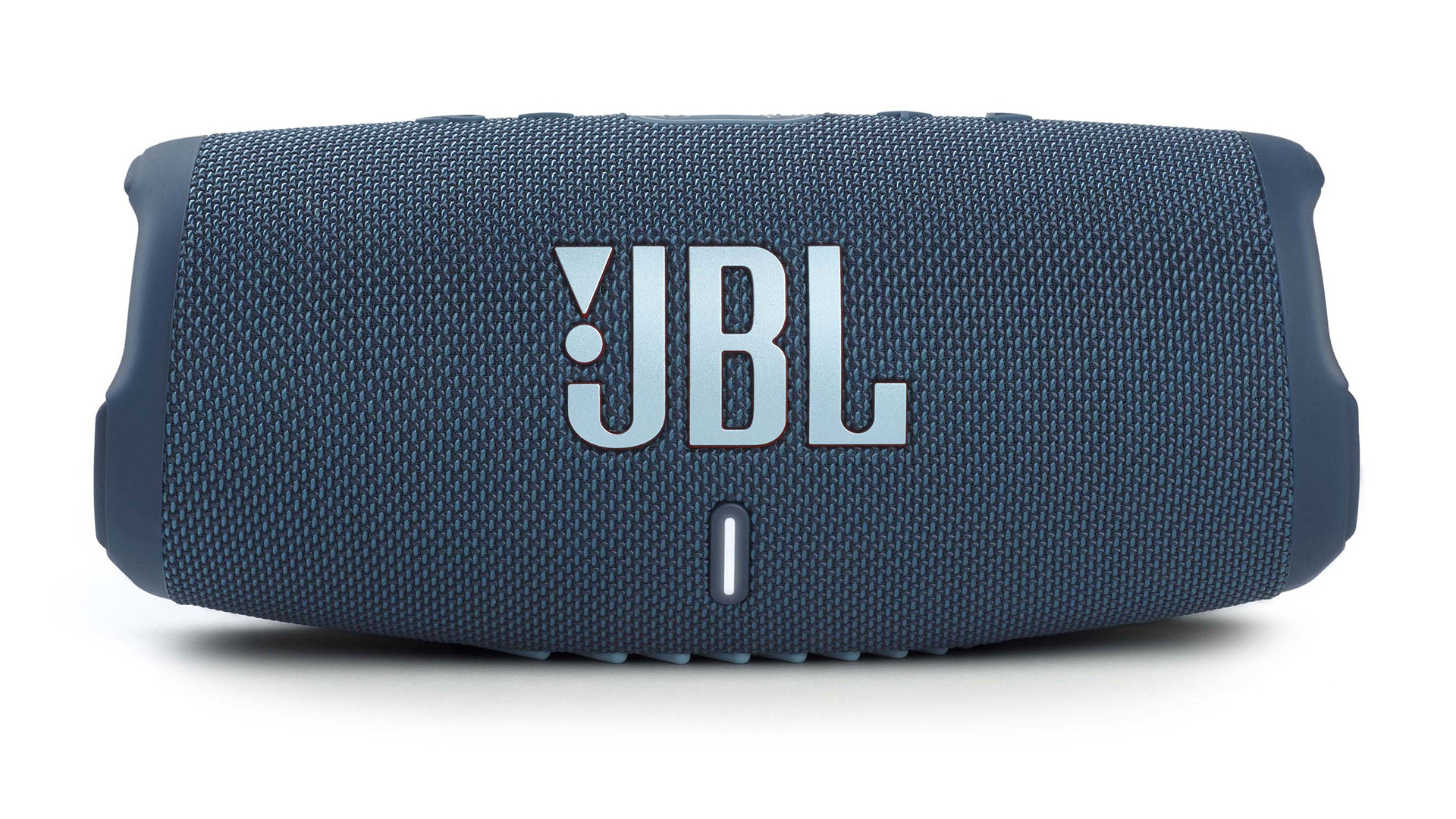
Sound needs to be a lot more than an afterthought when it comes to your garden cinema set-up. Fortunately, there are plenty of options ranging from the big to the already built-in.
Another word of warning, though: don't expect your indoor speakers to perform the same way in the open air as you they do in a smaller enclosed space. While dialogue and detail should be clear, they will struggle to produce large scale dynamics and a real sense of bass.
For a better level of garden cinema audio, a sound system designed for outdoor use is the way to go. You can buy PA system kits from shops like Gear4music or Amazon or even rent them from a local hire company. If you'd rather keep considerations to audio for the home then these are your options:
Built-in speaker
The easiest of all is using a projector with a built-in speaker. Choose anything marketed as a portable projector or a UST and you should get something loud enough to hear. Ideally, go for stereo sound, totaling at least 8W or more. The less enclosed your space and larger your audience, the more power you're going to need.
Powered speakers
Powered speakers can offer some more scale to proceedings with, of course, an outdoor PA system the best choice here. You'll need some audio cables and possibly an adapter depending on whether there's 3.5mm audio-out or RCA sockets available. Speaker stands will get the most out of them, but a solid surface will do for garden cinema use. You can take a look at the best powered speakers for indoor use here but remember that something designed for the outdoor would be our top recommendation.
Soundbar
Soundbars are a relatively inexpensive option. They offer plenty of volume for a smaller outlay. There's also a good chance you may already have one. The only considerations are that they require power and that your projector will need to have an HDMI ARC socket for it to work. Other connectivity options are possible – a 3.5mm audio-out or possibly Bluetooth – but HDMI will be the easiest.
Wireless speaker
Almost everyone has a wireless speaker kicking about somewhere and, as with soundbars, they're an easy and effective way of providing the audio for your outdoor movie theatre, particularly if you're away from home. Pair a portable wireless speaker with a battery-powered portable projector and you can take your outdoor cinema anywhere. Projectors offering Bluetooth audio-out aren't easy to come by, so a 3.5mm audio cable might be the best way to connect the two.
Headphones
Don't want to disturb the neighbours? How about a silent cinema with headphones for sound? If you're watching solo, you can wire yourselves right into a portable projector using the headphones socket, and a splitter for any companions, but that's not all. Wireless headphones could work nicely if you have a bigger audience. Look for a pair with a wireless transmitter box that you can connect to your projector and check how many pairs of headphones it will support. Bear in mind that the larger your crowd, the more expensive this is going to get. For a bigger event, you can hire a silent disco set-up with a complete package for 25 people at around the £100/$100 mark.
- These are some great portable options for the best Bluetooth speakers.
Outdoor projector screen
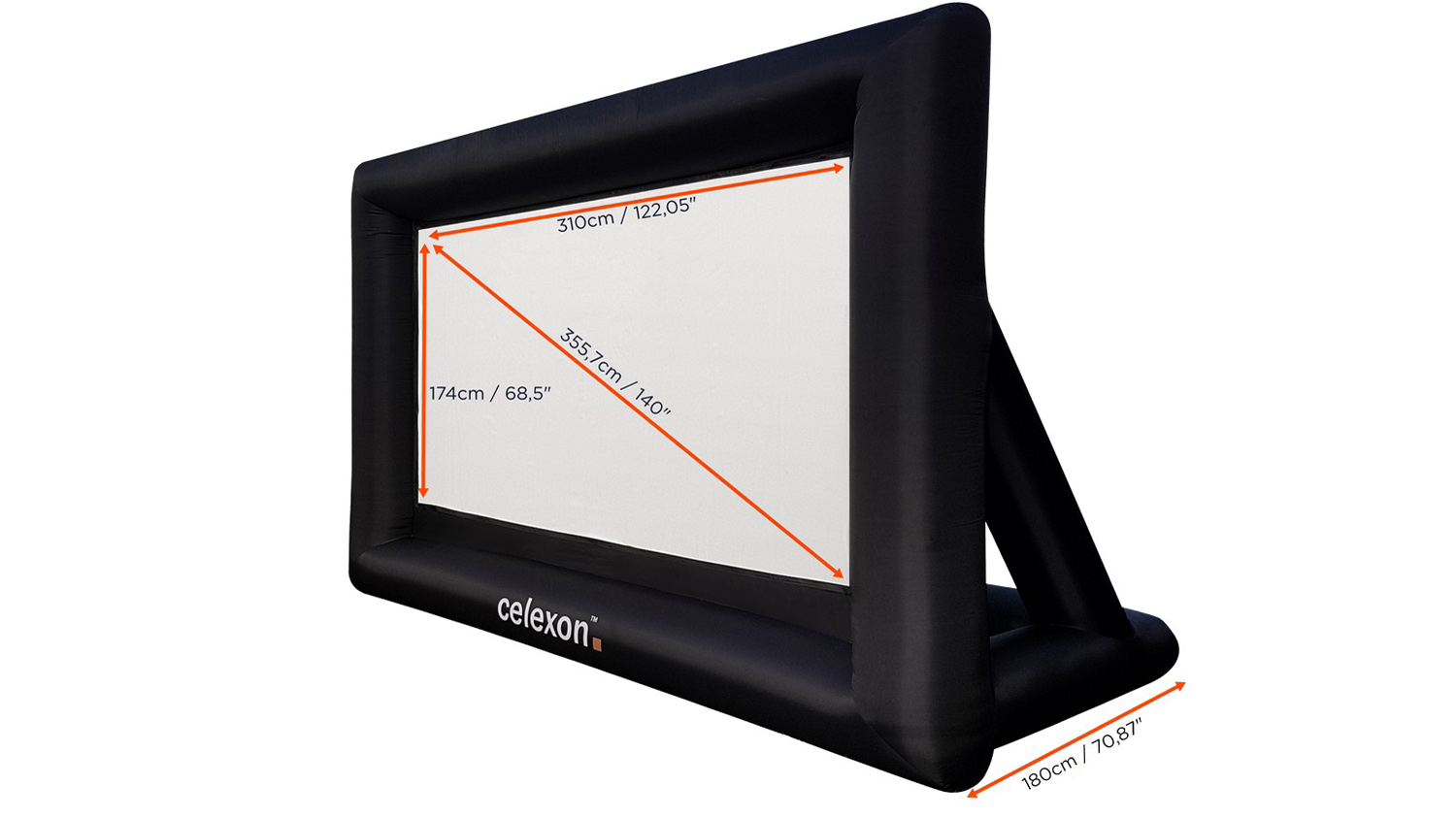
After the projector itself, your outdoor projector screen is probably your most important purchase. The key is to find something that fits your location and other equipment.
We understand that it's tempting to use a blank wall or even a sheet but it's important to realise that though these will work, a dedicated projector screen will be better for picture quality. Projector screens are light reflecting and will give you a far more watchable image. We strongly advise the small extra spend on one.
Fence or wall-mounted?
The ideal location for your screen will be somewhere sheltered from the wind. Placing your screen up against a fence or a wall is ideal.
Set up some fittings and you can go for any roll-up screen or simply place a table up against the wall and a pull-up screen will work nicely too. We'd recommend securing them with something fixed into your fence or wall in case of any gusts.
The more important consideration for this scenario is size and gain. Think about how far you'd like to sit from the screen. Find out the throw ratio of your projector and, with a quick bit of maths, you'll be able to work out how big you can go.
Gain refers to the reflectiveness of your screen and will make a big difference depending on the luminance of your projector and the brightness of your environment. Outdoors, it's important to choose a screen with a higher gain – it is likely to be quite bright and portable projectors don't tend to offer so many ANSI lumens.
A gain of 1.0 means that the screen reflects all the light that shines on it, while higher numbers mean that the image on the screen is brighter when viewed from straight ahead but its image suffers when looked at from wider viewing angles. You can read more here about how to choose projector screens.
Free-standing outdoor projector screens
Out in the open, it's easy for even a light breeze to cause havoc. Projector screens are rather like sails – lightweight and with a large surface area – and they'll behave like one given half the chance. Staking them down into the ground is a must. Moderately bad weather will mean taking a rain check altogether.
As with those above, size and gain are the differentiators to look out for but the options are fewer. The main choice is between an inflatable model or free-standing frames. Inflatables are often larger and more heavy-duty, but they can still blow about. What's more, they need a constant supply of air from a pump to keep them inflated and that means both a power supply and a fair bit of background noise. So, make sure your sound system has enough welly to be heard over the top.
The Celexon inflatable outdoor screen INF200 (£379) is a good option in the UK and Europe. It's not cheap, but that price includes the air pump, tether ropes and a carry case to pack it all away in too. It offers a 140in screen size, a solid gain level and 120-degree viewing angles.
In the United States? You might want to take a look at the Kodak Inflatable Projector Screen ($190). Specs are similar to the Celexon above, with a 145in screen, a pump, tethers and carry case. It's also available in the UK.
Folding frame screens are constructed from metal pole kits and will pack away into smaller, more manageable bags than their inflatable cousins. They don't require pumps, but they are flimsier and can be expensive too; another reason why fence or wall-mounting can be preferable.
Outdoor cinema accessories
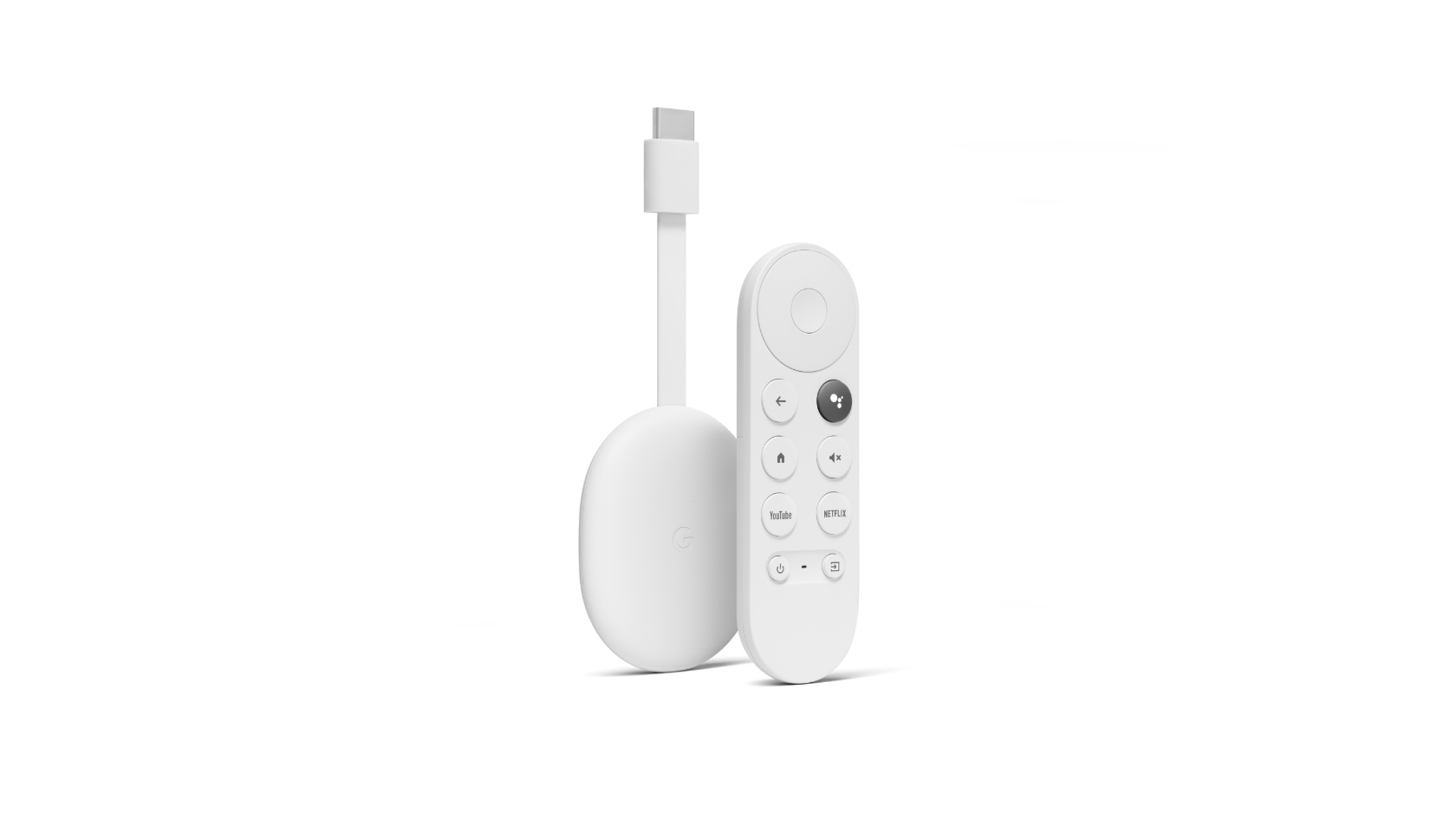
You've got your projector, screen and sound sorted, but it's worth picking up a couple of extras to complete your garden cinema toolkit. Some are essential and others just handy. So, in order of importance, we'd recommend the following:
Garden extension cable
Whether your projector has a battery built-in or not, everything is a lot easier with mains power. Garden extension cables are super-long, weatherproofed and relatively inexpensive. Something with a reel and at least four sockets would be best. That way you'll have enough for your projector, sound system, air pump and maybe even a popcorn machine or drinks mixer (see below).
Tripod
The best-kept secret of the outdoor cinema enthusiast is a camera tripod. Most portable projectors do not have zoom lenses so setting them up at the right distance and angle for an image that fills your screen takes a fair bit of precision. Fortunately, they do have tripod mounts and that makes things a lot less fiddly. No need to go finding the right height side table or a stack or books to prop up your machine. A tripod guarantees perfect positioning every time. They're cheap and portable too.
Media streamer
Many of the bright indoor projectors won't have smart platforms and even the portable ones are often missing big-hitting apps like Netflix. Plug a cheap media streamer into one of the HDMI sockets and you'll have content for days, so long as your home network is still in touching distance. An Amazon Fire TV Stick or Chromecast with Google TV are the obvious options.
External hard drive
An internet connection isn't always an option, but local film files are not difficult to carry around. Most projectors have USB inputs, so all you need is a good sized USB stick with a few films on, or even a whole HDD stacked full of them.
MORE:
How to set up your home cinema speaker system
These are the best projectors around right now
Enjoy the best films on Netflix
Get the What Hi-Fi? Newsletter
The latest hi-fi, home cinema and tech news, reviews, buying advice and deals, direct to your inbox.
Dan is a staff writer at What Hi-Fi? and his job is with product reviews as well as news, feature and advice articles too. He works across both the hi-fi and AV parts of the site and magazine and has a particular interest in home cinema. Dan joined What Hi-Fi? in 2019 and has worked in tech journalism for over a decade, writing for Tech Digest, Pocket-lint, MSN Tech and Wareable as well as freelancing for T3, Metro and the Independent. Dan has a keen interest in playing and watching football. He has also written about it for the Observer and FourFourTwo and ghost authored John Toshack's autobiography, Toshack's Way.
- Joe CoxContent Director

